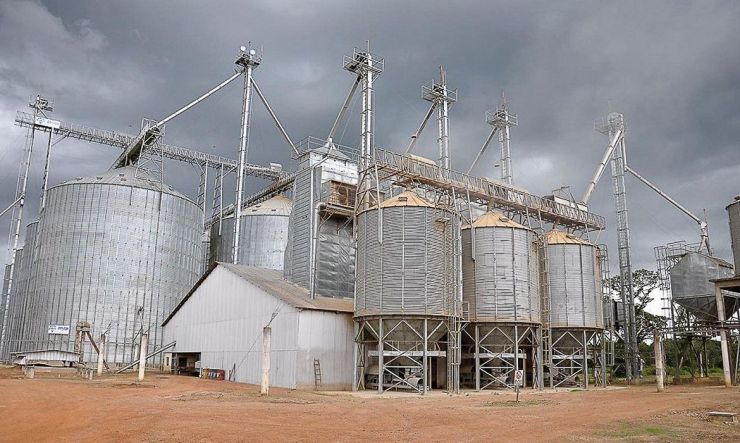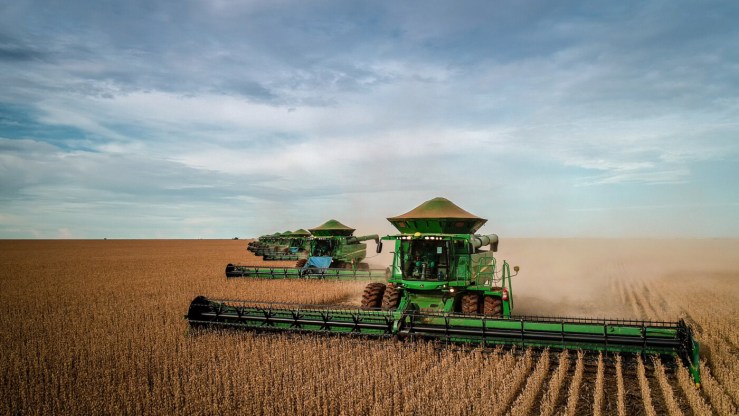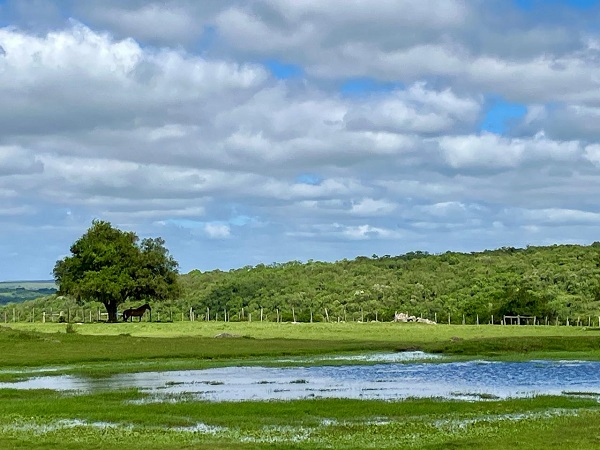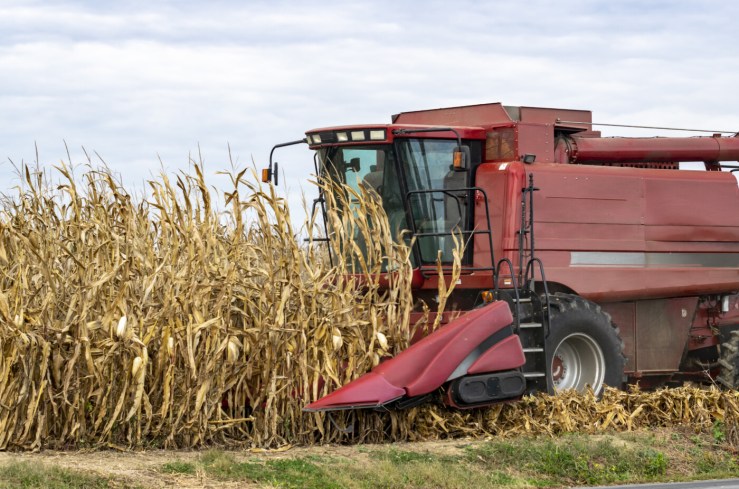The Brazilian soybean harvest is expected to face a challenging scenario in the coming months due to a combination of high temperatures and irregular rainfall in the Central-West and Matopiba regions (Maranhão, Tocantins, Piauí, and Bahia). AtmosMarine's assessment highlights significant risks to grain filling and the early stages of crop development, crucial stages for ensuring productivity and quality.
Second According to agricultural and environmental engineer André Pimentel, climate plays a decisive role in grain production. "Soybeans are highly sensitive to variations in precipitation and temperature. In the Central-West region, the grain-filling period, which occurs between December and February, coincides with the plant's maximum water demand. The lack of rainfall during this period, combined with temperatures above the ideal range (24°C to 30°C), compromises not only grain weight but also productivity, which is essential for the region's economy," he explains.

Photo: Shutterstock
In Matopiba, one of the country's main agricultural frontiers, concern is growing. Crops planted between October and December are especially vulnerable to long periods of climate stress, as the grain-filling phase, which lasts from November to April, requires high water availability. "The combination of insufficient rainfall and high temperatures compromises both the volume and quality of the harvest, directly affecting Brazil's competitiveness in the global market. This scenario reinforces the urgency of climate adaptation strategies and more efficient management," notes Pimentel.
Meteorological analyses show that this adverse situation is expected to continue, with the Central-West region already experiencing consecutive months of above-average temperatures. "Since May, warming has become predominant, and temperatures remain consistently above average. This trend is expected to continue, especially in Mato Grosso and Goiás, where temperatures could exceed 2°C above expected," he states. meteorologist Gabryele de Carvalho.
According to According to her, the formation of a high in the mid-atmospheric levels should act as an atmospheric blockage, hindering the passage of frontal systems and the formation of rainfall during the transition period from winter to spring. "This blocked flow occurs precisely at a time when temperatures are already naturally beginning to rise. In a global warming scenario, this process intensifies, and the heat becomes even more intense. The forecast for September is for average rainfall, but in October, part of the region is expected to experience lower-than-expected precipitation, which is particularly worrying for the start of the harvest," she explains.
The combination of excessive heat and irregular rainfall increases the risk of water and heat stress for soybeans, which can compromise productivity and grain quality in the early stages of the next harvest.





